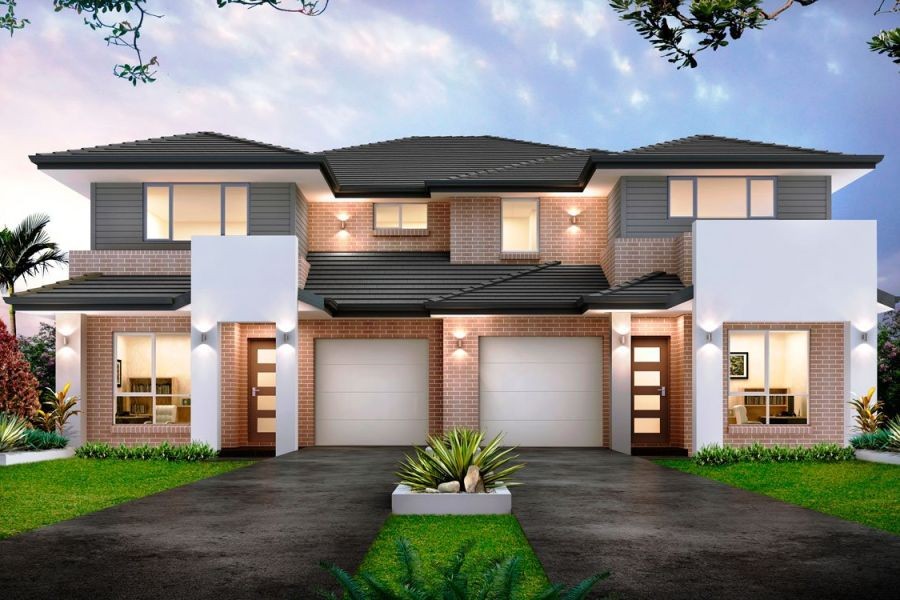Urbanization in New Zealand is accelerating at a pace that demands innovative housing solutions. As cities like Auckland, Wellington, and Christchurch continue to grow, the pressure on infrastructure and housing markets intensifies. The need for sustainable, affordable, and efficient housing solutions has never been more critical. This article delves into how innovative housing solutions are addressing New Zealand's urbanization challenges, offering insights for property investment specialists keen on leveraging these trends.
Understanding New Zealand's Urbanization Landscape
New Zealand's urban population has been steadily increasing, with urban centers now home to over 86% of the population. According to Stats NZ, the population of Auckland alone is projected to grow by 50% over the next 30 years. This rapid urbanization presents significant challenges, including housing shortages, rising property prices, and increased demand for infrastructure.
Investors must understand these dynamics to make informed decisions. The government's focus on urban development and infrastructure investment, such as the Urban Growth Agenda, underscores the importance of innovative solutions in addressing these challenges.
Innovative Housing Solutions: A Comparative Analysis
Several innovative housing solutions are emerging as viable responses to New Zealand's urbanization challenges. Let's explore the most promising ones and their potential impact on the property investment landscape.
1. Modular Housing
Modular housing involves constructing homes in sections or modules in a factory setting before transporting them to the site for assembly. This method offers several advantages:
- Speed: Modular homes can be built and assembled faster than traditional construction methods, reducing time-to-market for investors.
- Cost-Effectiveness: Mass production in a controlled environment can lower construction costs, making homes more affordable.
- Sustainability: With less waste generated during construction, modular homes contribute to more sustainable building practices.
However, modular housing faces challenges such as limited design flexibility and potential regulatory hurdles.
2. Co-Living Spaces
Co-living spaces offer shared living arrangements, often with communal facilities. These spaces cater to young professionals and students seeking affordable urban living.
- Affordability: Co-living reduces individual housing costs by sharing rent and utilities.
- Community Building: These spaces foster a sense of community, enhancing social connections and reducing isolation.
Despite their benefits, co-living spaces may face resistance from traditional zoning laws and cultural preferences for private ownership.
3. Green Building Practices
As environmental consciousness grows, green building practices are becoming integral to urban housing solutions. These practices include energy-efficient designs, sustainable materials, and renewable energy systems.
- Environmental Impact: Green buildings reduce carbon footprints and promote sustainability.
- Increased Value: Properties with green certifications often command higher market values and attract eco-conscious buyers.
While initial costs can be higher, the long-term savings and environmental benefits make green building practices a compelling investment strategy.
Pros and Cons Evaluation
Each innovative housing solution presents unique opportunities and challenges. Here's a balanced evaluation:
Pros:
- Higher ROI: Innovative housing solutions often attract premium rental rates and increased property value.
- Market Differentiation: Offering unique housing options can distinguish properties in a competitive market.
- Future-Proofing: Investing in sustainable and flexible housing solutions aligns with future urban development trends.
Cons:
- Regulatory Challenges: Navigating zoning laws and building regulations can be complex and vary by region.
- Market Acceptance: New housing concepts may face resistance from traditional buyers and investors.
- Initial Costs: Some innovative solutions require higher upfront investment, impacting short-term cash flow.
Real-World Case Studies
Case Study: Fletcher Building's Modular Housing Initiative
Problem: Fletcher Building, a leading construction company in New Zealand, faced challenges with traditional construction timelines and costs, impacting their ability to meet housing demand.
Action: The company invested in modular housing technology, establishing a factory in Auckland to produce prefabricated homes.
Result: Fletcher Building reported a 30% reduction in construction time and a 20% decrease in costs, enabling them to deliver homes faster and at a lower price point.
Takeaway: Modular housing can significantly enhance efficiency and affordability in urban development, making it a valuable investment strategy for property specialists.
Case Study: Wellington Co-Living Project
Problem: Wellington's high rental prices and limited housing availability posed challenges for young professionals seeking affordable accommodation.
Action: A local property developer launched a co-living project, offering shared living spaces with communal amenities.
Result: The project achieved a 95% occupancy rate within the first month, with tenants appreciating the affordability and community atmosphere.
Takeaway: Co-living spaces offer a viable solution for affordable urban living, particularly in high-demand areas.
Debunking Common Myths
There are several misconceptions about innovative housing solutions and their role in urbanization. Let's debunk a few:
Myth vs. Reality
- Myth: Modular homes are of lower quality than traditional builds. Reality: Modular homes undergo rigorous quality control in factory settings, often resulting in higher precision and durability.
- Myth: Co-living spaces lack privacy. Reality: Modern co-living designs incorporate private rooms with shared common areas, balancing privacy and community.
- Myth: Green buildings are too expensive to invest in. Reality: While initial costs may be higher, green buildings offer long-term savings through reduced energy consumption and maintenance costs.
Future Trends and Predictions
The future of housing in New Zealand is poised for transformative changes. According to a report by the Ministry of Business, Innovation and Employment (MBIE), the demand for sustainable housing solutions will continue to rise, driven by both consumer preferences and regulatory pressures.
By 2030, it's predicted that over 50% of new housing developments in urban areas will incorporate green building practices. Property investors should align their strategies with these trends to maximize returns and contribute to sustainable urban growth.
Conclusion
Innovative housing solutions offer promising avenues for addressing New Zealand's urbanization challenges. As property investment specialists, understanding and leveraging these solutions can lead to significant opportunities for growth and profitability. By embracing modular housing, co-living spaces, and green building practices, investors can meet the evolving demands of urban populations while contributing to sustainable development.
What's your take on these innovative housing solutions? Share your insights in the comments below!
People Also Ask
- What are the benefits of modular housing in New Zealand? Modular housing offers faster construction times, cost savings, and improved quality control, making it an attractive option in New Zealand's growing urban centers.
- How can co-living spaces address urban housing challenges? Co-living spaces provide affordable housing options by reducing individual costs and fostering community living, making them ideal for urban areas with high demand.
- What future trends should property investors watch in New Zealand? Investors should focus on sustainable housing solutions, as green building practices are expected to dominate new developments by 2030.
Related Search Queries
- Modular housing trends in New Zealand
- Co-living spaces in Auckland
- Sustainable building practices in New Zealand
- Urbanization challenges in New Zealand
- Green building certifications in New Zealand
- Property investment strategies in New Zealand
- Impact of urbanization on New Zealand's housing market
- Future of housing in New Zealand
- Affordable housing solutions in New Zealand
- Government initiatives for urban development in New Zealand






























